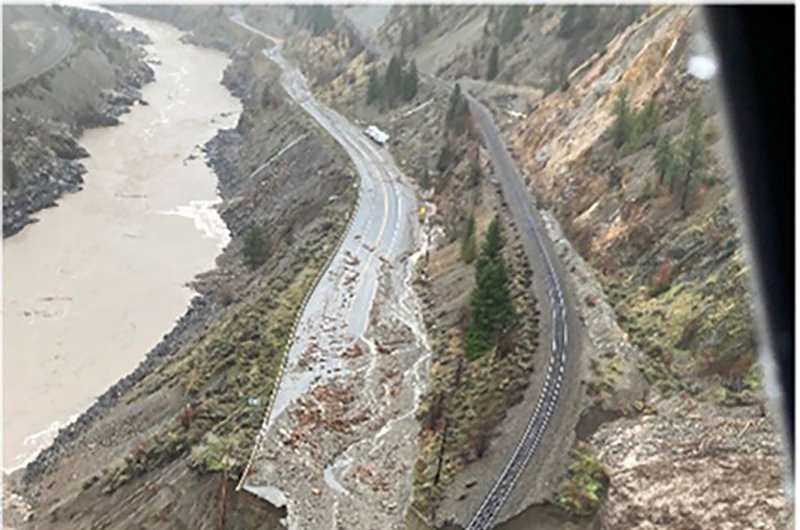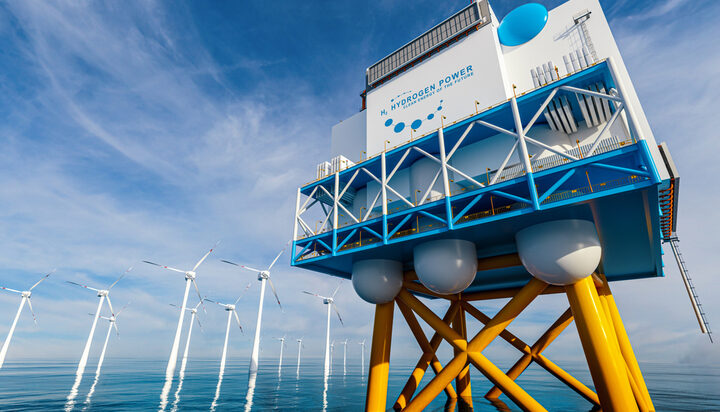

Hundreds protest in Sudan ahead of planned mass anti-coup demosSudanese security forces have cracked down on protesters, as seen in this photograph from November 13 in Khartoum, where they fired teargas
Sat, November 20, 2021
Hundreds of Sudanese anti-coup demonstrators rallied Saturday to denounce a deadly crackdown which medics say has left 40 people dead since last month's military takeover, a day before planned mass protests.
The United States and African Union condemned the deadly crackdown on protesters and called on Sudan's leaders to refrain from the "excessive use of force".
Sudan's top general Abdel Fattah al-Burhan on October 25 declared a state of emergency, ousted the government and detained the civilian leadership.
The military takeover upended a two-year transition to civilian rule, drew international condemnation and punitive measures, and provoked large protests.
Demonstrations on Wednesday were the deadliest so far, with a toll of 16 killed after a teenager who had been shot died, medics said.
The independent Central Committee of Sudanese Doctors said the 16-year-old had been shot "by live rounds to the head and the leg".
Hundreds of protesters rallied against the military in North Khartoum, putting up barricades and setting tyres on fire, an AFP correspondent said. Other protesters took to the streets in east and south Khartoum, according to witnesses.
They chanted "no, no to military rule" and called for "civilian rule".
During the unrest in North Khartoum, a police station was set on fire, the correspondent said.
Pro-democracy activists made online calls for mass anti-coup protests with a "million-strong march" to take place on Sunday.

- 'Treachery and betrayal' -
Security forces and protesters traded blame for the torching of the police station.
Police spokesman Idris Soliman accused an unidentified "group of people" of setting it on fire.
But North Khartoum's resistance committee claimed the police was responsible.
"Police forces withdrew from the station... and after members of the police carried out acts of sabotage," it said in a statement.
"We accuse clearly and explicitly the military establishment for causing this chaos," added the committee, part of informal groups which emerged during 2018-2019 protests that ousted president Omar al-Bashir in April 2019.
Most of those killed on Wednesday were in North Khartoum, which lies across the Nile river from the capital, medics said.
On Saturday, Sudanese authorities said an investigation into the killings would be launched.
Dozens of protesters also rallied Saturday to mourn the latest deaths, demanding "retribution" and a transition to civilian rule.
Protesters also took to the streets of Khartoum's twin-city Omdurman to denounce the killings, chanting "down with the (ruling) council of treachery and betrayal".
Police officials deny using any live ammunition and insist they have used "minimum force" to disperse the protests. They have recorded only one death, among demonstrators in North Khartoum.
On Friday, police forces sporadically fired tear gas until late at night to disperse demonstrators who had rallied in North Khartoum, witnesses said.
The Sudanese Professionals Association, an umbrella of unions which were instrumental in the months-long demonstrations that led to Bashir's ouster, said security forces has also "stormed homes and mosques".
An AFP correspondent said police forces also frisked passers-by and carried out identification checks.

- 'Abuses and violations' -
The US and African Union denounced the deadly crackdown.
"We call for those responsible for human rights abuses and violations, including the excessive use of force against peaceful protesters, to be held accountable," US State Department spokesman Ned Price said.
"In advance of upcoming protests, we call on Sudanese authorities to use restraint and allow peaceful demonstrations."
The African Union, which suspended Sudan after the coup, condemned "in the strongest terms" Wednesday's violence.
AU Commission chair Moussa Faki Mahamat called on Sudan's authorities "to restore constitutional order and the democratic transition" in line with a 2019 power-sharing deal between the military and the now-deposed civilian figures.
The Committee to Protect Journalists called for the release of reporters detained while covering anti-coup protests including Ali Farsab who it said was beaten, shot, and detained by security forces on Wednesday.
"Sudanese security forces' shooting and beating of journalist Ali Farsab make a mockery of the coup government's alleged commitment to a democratic transitional phase in the country," said the CPJ's Sherif Mansour.
Sudan has a long history of military coups, enjoying only rare interludes of democratic rule since independence in 1956.
Burhan insists the military's move "was not a coup" but a step "to rectify the transition" as factional infighting and splits deepened between civilians and the military under the now-deposed government.
He has since announced a new ruling council in which he kept his position as head, along with a powerful paramilitary commander, three senior military figures, three ex-rebel leaders and one civilian.
But the other four civilian members were replaced with lesser known figures.
bur/hkb







